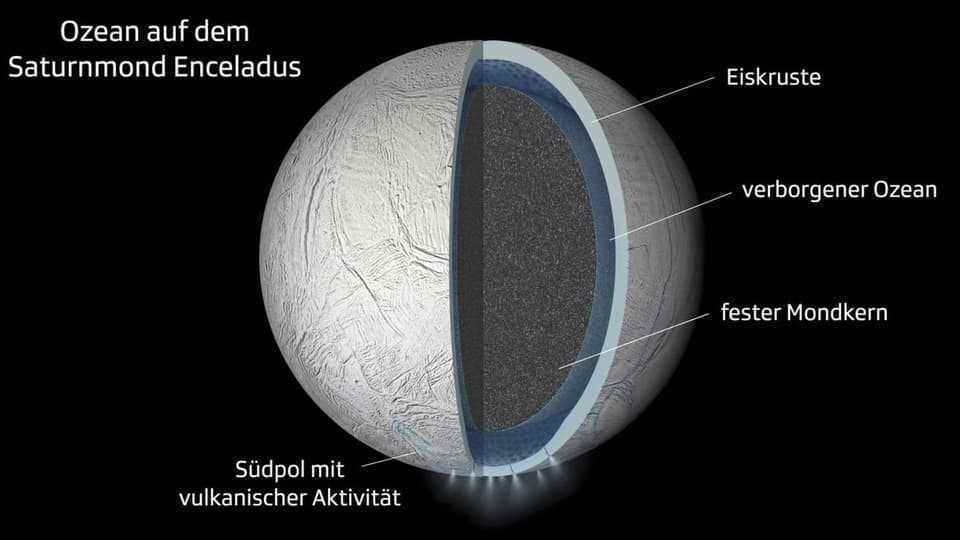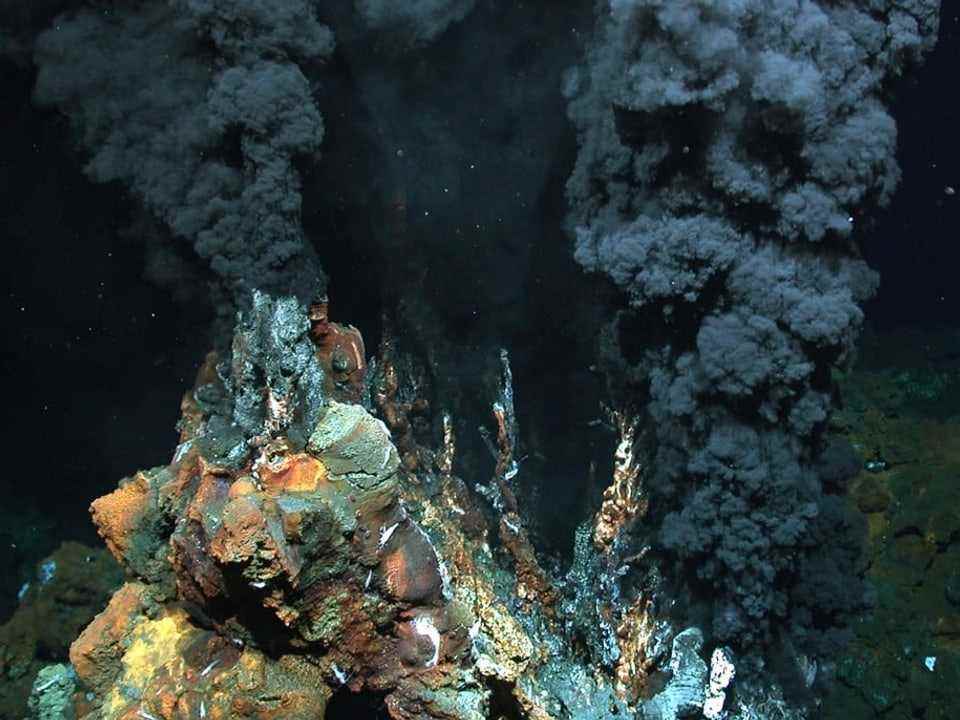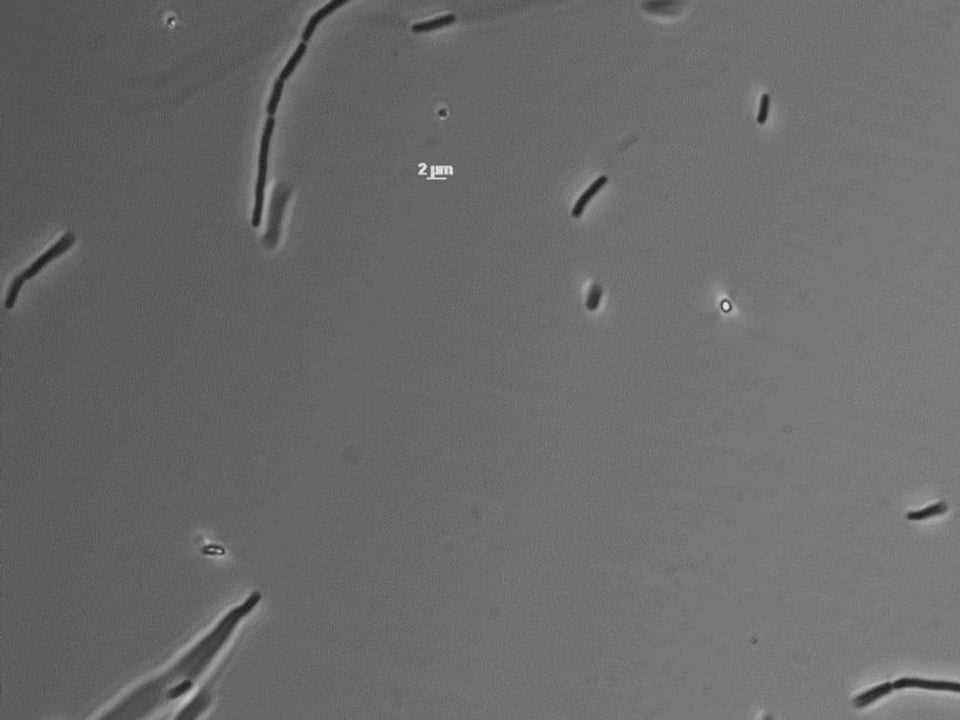There are many pseudoscientific alien researchers. UFO fans too. But science has long struggled with the search for extraterrestrial life. Many scientists feared being dismissed as cranks.
«For a long time the Swiss National Science Foundation has not funded any research into the search for extraterrestrial life»,says astrobiologist Daniel Angerhausen from ETH Zurich. The search for simple life such as bacteria or other microorganisms was somewhat accepted. The search for more highly developed, intelligent life was not socially acceptable for a long time, says Angerhausen, “so this field was left to people outside of science”.
We now want to pursue the question of extraterrestrial life scientifically
In the meantime that has changed. The search for extraterrestrial life is trendy. The ETH, the most renowned university in Switzerland, now even wants to open its own center on the subject. It is about the question of how life came into being and how it spreads – simple as well as higher life.
The ETH has engaged the Swiss Nobel Prize winner Didier Queloz as its director and driving force. The new Center for the Origin and Prevalence of Life is scheduled to open later this year. “We now want to investigate the question of extraterrestrial life scientifically,” says Angerhausen.
Extreme life forms on earth
Scene change to Cologne: Here at the German Aerospace Center, Petra Rettberg and her colleague Kristina Beblo-Vranesevic have been researching extreme life forms, so-called extremophiles, for years.
Legend:
The two researchers Kristina Beblo-Vranesevic (left), with extromophilic bacteria in her hand, and Petra Rettberg in her laboratory.
SRF
It’s about bacteria and archaea, tiny microorganisms that live in very different extreme places, depending on the species: some in the eternal ice, others in hot, sulphurous pools or even in heavily radioactive zones – in other words, in places from which one assumes that life there is not possible at all. Not even close.
Deep-sea microbes become laboratory animals in space
Life also exists in the deep sea, under extreme pressure and in total darkness. Microorganisms that do not require any oxygen live around the hot springs that shoot out of the ground there. To generate energy, they use the oxidation of hydrogen sulphide from these hot springs. In this way, the microorganisms create the basis for a rich underwater ecosystem.
Kristina Beblo-Vranesevic dived 2,500 meters into the depths of the Pacific in 2008. She brought extremophile bacteria with her from there and is now doing research together Petra Rettberg how resilient these organisms are.
In pressure chambers, for example, they simulate the conditions on Mars and see whether these organisms survive. The bottom line so far: Extremophile life forms are incredibly tough. “Bacterial spores can survive in space for at least six years,” says Petra Rettberg, “and our calculations show that the bacillus spores could even survive if they crashed to earth inside a meteorite.”
Suitable biotope on icy moons?
If such extreme forms of life exist on Earth, could they exist elsewhere under similar conditions – maybe even in our own solar system? Researchers have been asking this question for a long time. The hottest candidates for life in our own solar system are Mars, Jupiter’s moon Europa and Saturn’s moon Enceladus.

Legend:
There is a high probability of liquid water underneath the thick layer of ice.
Imago images / ZUMA Wire
These two moons have a layer of ice several kilometers thick around them. But beneath this layer of ice there is a high probability of liquid water and perhaps also hot underground springs. The Clipper and Juice space probes, which are to examine this more closely on site, are ready for launch in the next few years.
Habitable exoplanets
The second reason astrobiologists now think extraterrestrial life is much more likely to exist is because of the many exoplanets that have been discovered in increasing numbers since 1995.
Exoplanets are planets that orbit other stars outside of our solar system. If they are rocky and at the right distance from their star so that it is not too hot and not too cold, then the conditions for life would be there.
Almost 5,000 exoplanets have now been discovered and it is clear that there are many more. Several exoplanets are already known that, according to current knowledge, could provide the basic requirements for life.
Intelligent life moves into the focus of research
Meanwhile, astrobiologists are no longer just looking for microscopic life. “It really is a paradigm shift,” says Daniel Angerhausen from ETH Zurich, “we are now including the search for intelligent life in our canon.” And astrophysicists are no longer just looking for radio signals from space or bio-signatures such as oxygen, methane or ozone that could indicate distant life. They are also considering measuring the environmental pollution of distant civilizations in the atmospheres of their exoplanets.
It is also being investigated whether one would also discover artificial light pollution – as it exists on Earth. In order to advance this search for extraterrestrial life on distant exoplanets, a space telescope is now being built at ETH Zurich developed for the next generation. It continues to search primarily for biosignatures, but also for possible higher life. The project is managed by Professor Sascha Quanz. Daniel Angerhausen has rounded up scientists from all over the world for the project. The telescope should be called “LIFE” – the name says it all.
How likely is extraterrestrial life?
“We now have the necessary technology,” says Petra Rettberg from Cologne, “so that we can perhaps answer the question of extraterrestrial life in the next generation – even if it’s just with tiny, microbial life”. But how likely do the researchers think it is that alien life actually exists?
There are countless calculations and considerations on this subject. “But because we have only used the earth as a reference point for all these calculations so far, the uncertainties remain very large,” says Daniel Angerhausen from ETH Zurich. And so the results of these calculations vary from “60 other civilizations alone in our galaxy” to “no other life than on earth”.
We also have to learn to live with the possibility that we could be alone.
Daniel Angerhausen says he is confident that you will find another life, “but we also have to learn to live with the variant that we could be alone”. The Cologne astrobiologist Petra Rettberg doesn’t want to get out on the branches either. “The only thing that’s certain,” says Rettberg, “we’ve never had such a good chance of clarifying this question as we have today.”


